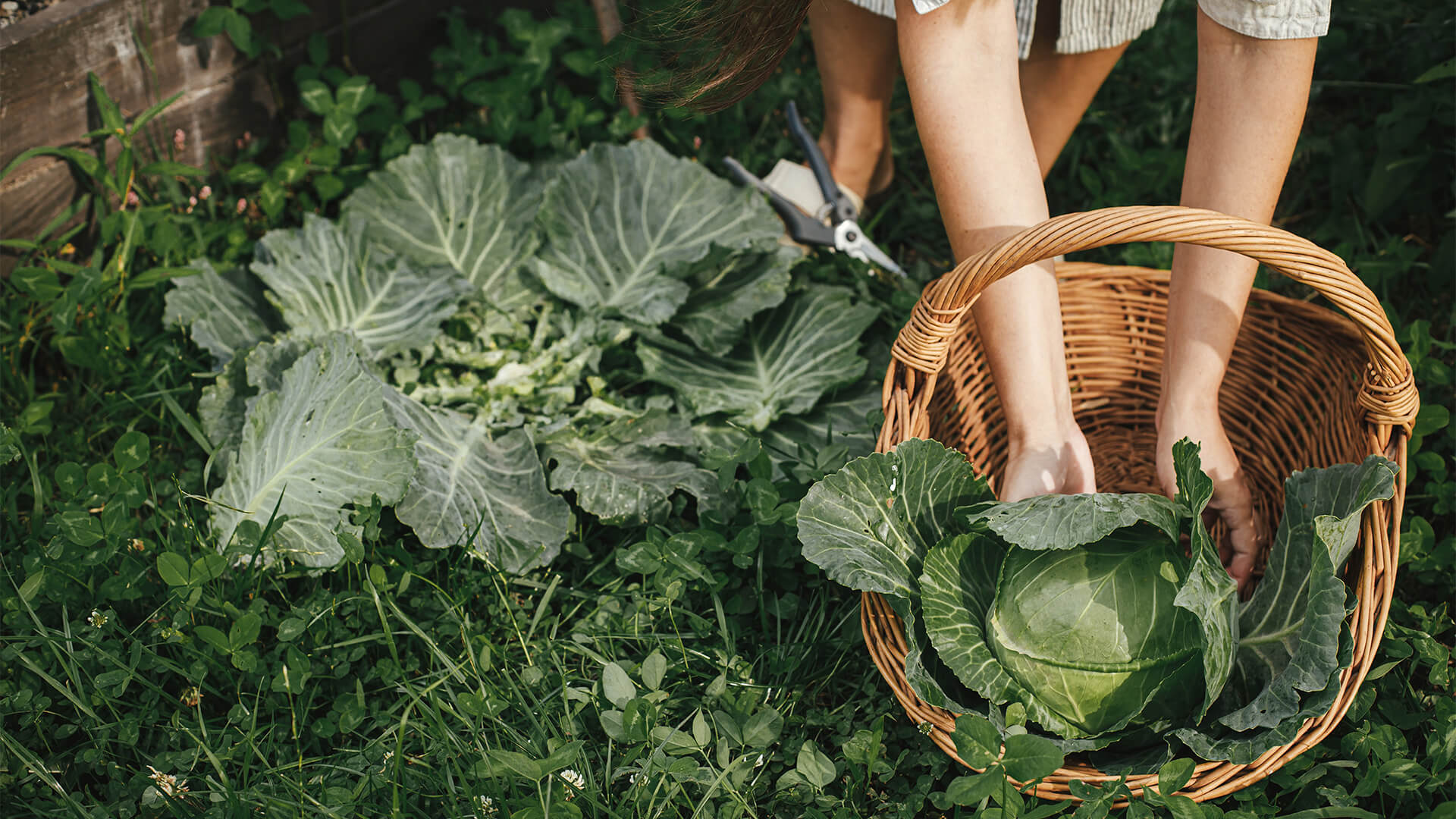What is Permaculture and What Are Its Benefits?
05 Şubat 2025Permaculture is a design philosophy that focuses on developing sustainable living and farming practices in harmony with nature. Permaculture, derived from the combination of the words "permanent" and "agriculture", aims to create productive and sustainable systems by mimicking the workings of natural ecosystems.
Developed in the 1970s by Australian farmers Bill Mollison and David Holmgren, this philosophy not only applies to agriculture but also to energy production, water management, and the design of living spaces in accordance with natural balance.
As interest in environmentally friendly practices grows, permaculture is becoming increasingly popular. It offers an important model for a sustainable future by preserving natural resources, influencing various areas from food production to water conservation.
So, what exactly is permaculture, and what are its benefits? In this article, we will explore the details of permaculture and discover its many benefits.
What is Permaculture?
Permaculture is a design philosophy that imitates natural ecosystems, aiming to meet human needs while protecting the environment. This approach is not limited to agriculture but extends to creating solutions in every aspect of life in harmony with nature.
In permaculture design, efficient use of natural resources, reduced energy consumption, and the enhancement of biological diversity are the primary goals. The philosophy is based on three key principles:
- Soil Protection: Sustainable farming methods are used to preserve and enrich the natural soil structure.
- Energy Efficiency: Systems are created that make the most efficient use of natural resources and minimize energy needs.
- Supporting Biological Diversity: Biological diversity is increased by supporting a range of plants, animals, and ecosystems.
What Are the Benefits of Permaculture?
The benefits of permaculture are not just environmental, but also economic and social. Here are the main advantages of permaculture:
- Environmentally Friendly and In Harmony with Nature
The most significant benefit of permaculture is the creation of systems that protect the environment in harmony with nature. This design approach aims to use soil efficiently, prevent water waste, and increase biological diversity. Through permaculture, it is possible to lead a sustainable life without disrupting the natural balance.
- Water Conservation and Efficient Water Management
Many permaculture designs focus on using water efficiently. Rainwater harvesting systems, designs that allow water to better penetrate the soil, and irrigation methods that prevent waste help conserve water. Permaculture gardens and agricultural areas enable the most efficient use of water, which is particularly beneficial in areas where water is scarce.
- Low Cost, High Yield
Permaculture embraces organic farming methods and eliminates the use of chemical fertilizers and pesticides. This reduces production costs while promoting healthy, eco-friendly products. Permaculture designs make the most efficient use of the natural resources available, resulting in higher yields with less energy and water consumption.
- Increasing Biological Diversity
Permaculture designs encourage the coexistence of different plant species and animals. This increases biological diversity in the ecosystem and supports the ability of nature to heal itself. Additionally, it is possible to combat pests naturally, resulting in healthy production without the use of chemical pesticides.
- Social Solidarity and Supporting Local Economy
Permaculture is a concept that strengthens social solidarity. People form stronger bonds within their communities through local food production and sharing. Furthermore, permaculture supports the local economy, as farming and production are done locally and contribute to the local supply chain.
- Carbon-Free Living and Greenhouse Gas Reduction
Permaculture aims to reduce greenhouse gas emissions by using renewable energy sources instead of fossil fuels. Renewable energy systems like solar, wind, and biomass are used. In addition, permaculture practices help capture carbon in the soil, reducing atmospheric carbon dioxide levels.
How is Permaculture Implemented?
The implementation of permaculture practices can vary in each environment. However, the basic principles and design methods are often similar. Here are the stages of permaculture design:
Study of Natural Resources
The first step is to study the natural resources and environment of the area.
- Climate, soil type, and water resources are analyzed. This analysis is crucial for designing the area efficiently.
- Zoning and Area Design
In permaculture design, areas are divided into "zones". The most high-maintenance areas are placed close to the house, while less-maintenance zones are located farther away. This design ensures both time and resource efficiency. - Imitating Natural Systems
Permaculture designs mimic the workings of nature. Plants and animals are grouped together in ways that support each other. This ensures that the natural balance is maintained while creating a sustainable way of life. - Waste Management and Renewable Energy
Permaculture practices focus on recycling waste and generating energy from natural resources. The use of renewable energy sources helps to protect the environment and enhance sustainability.
A New Era in Agriculture with Biotrend Energy
As Biotrend Energy, we are carrying our sustainability approach into agriculture through our successful implementation of soil-free farming models. Our Sivera tomatoes project adopts a production method based on permaculture principles. In soil-free farming, the efficient use of water, energy savings, and the absence of chemical pesticides are key features.
Sivera tomatoes symbolize Biotrend Energy's commitment to sustainability and demonstrate how permaculture can revolutionize agriculture. In this soil-free farming model, tomatoes are grown while using natural resources efficiently and causing minimal environmental impact. As a result, we produce eco-friendly, healthy, and nutritious food, while demonstrating the benefits of permaculture in real-world applications.





